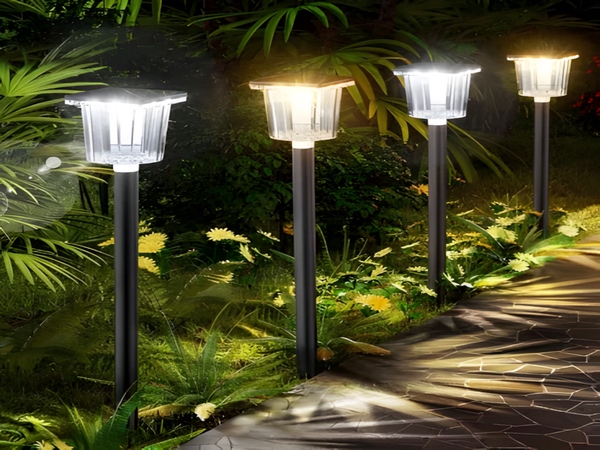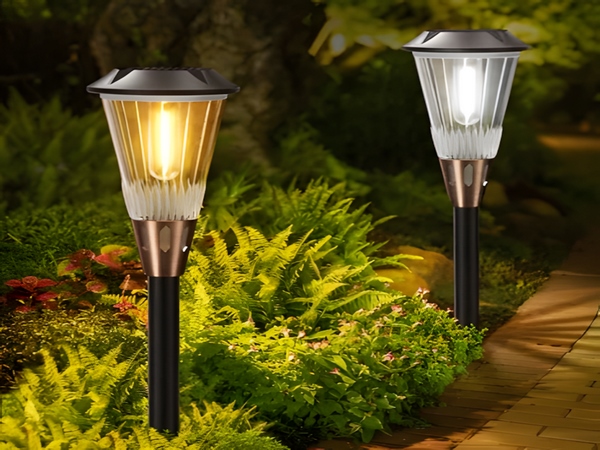

LED
underwater light system equipment
LED
underwater lights
, also known as
LED
underwater lights
, is simply understood as
lights installed beneath the water.
LED
underwater lights
have a compact design, are aesthetically pleasing, and resemble some
ground lights
and floodlights, with the only difference being the addition of a mounting base, which is secured with screws at the installation location. Since
LED
underwater lights are installed underwater, they must withstand certain water pressure.
Manufacturers typically use stainless steel bodies and tempered glass for light transmission, ensuring water, dust, and corrosion resistance.
The materials used include
stainless steel,
8-10MM tempered glass, joints, silicone rubber seals, curved multi-angle refractive glass, and more.
LED
underwater lights are highly waterproof and safe.
To ensure that
LED
underwater lights
achieve good waterproof performance,
the protection effect of
LED
underwater lights
should meet
IP67
and can be submerged at depths of
5
meters.
The controller achieves synchronized effects and can be connected to a
DMX control console, with each unit having its own address, allowing for separate control of red, green, and blue lights through corresponding DMX channels.
There are two control methods: external control and internal control. Internal control does not require an external controller and can have multiple variable modes built in, while external control requires the configuration of an external controller to realize color changes.
You can easily adjust the
LED
underwater lights.
Underwater lights typically use
LED
light sources.
LED
is known as the fourth-generation lighting source or green lighting source, characterized by energy efficiency, environmental friendliness, long lifespan, and compact size. When powered, it can emit various colorful lights and is commonly installed in parks or fountain pools.
Compared to traditional underwater lights,
LED
underwater lights are more energy-efficient and environmentally friendly, with versatile lighting effects and stronger decorative appeal, leading to their widespread use in various landscape lighting systems.
There are some issues to pay special attention to during the installation of
LED
underwater lights:
1
, implement anti-static measures
During the processing, production, and installation of
LED
underwater light products, certain anti-static measures should be taken, such as grounding the workbench, workers wearing anti-static clothing, utilizing anti-static wristbands, and gloves. If conditions permit, anti-static ion fan installation is recommended. Additionally, ensure that the air humidity during installation is around
65%
to prevent static electricity from generated in overly dry air. Furthermore, products of varying quality
LED
have different anti-static capabilities, with higher-quality
LED
underwater lights having stronger anti-static abilities.
2
, use DC constant current power supply for
LED
Under constant current power supply control,
LED
wall-wash lights,
LED
floodlights,
LED
underwater lights,
LED
ground lights will have their forward voltage drop decrease as the temperature of the
LED
chip increases, which doesn’t significantly affect
LED
underwater lights. However, if it operates under constant voltage, this could cause the
LED
chip to experience increasing current as the temperature rises, potentially burning out the
LED
underwater lights. Hence, they should use DC constant current power supply.
Lighting manufacturers remind you:
Regardless of the type of
LED
lighting products, all face humidity and sealing issues when applied outdoors, and this is especially true for
LED
underwater lights. Poor sealing can directly affect the lifespan of
LED
underwater light products.




